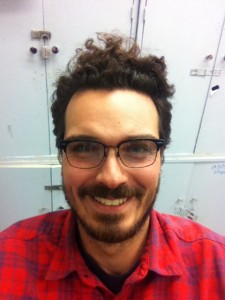
Photo Credit: Ethan Jewett
Eugene kicked off its inaugural Disaster Relief Trials (DRT) on October 12th, with 40 participants and over a dozen sponsors. One of those sponsors was our very own Oregon Partnership for Disaster Resilience (OPDR). But you’re probably asking yourself, “What in the world is a DRT?” You’re not alone.
Disaster Relief Trials were spawned in Portland, Oregon in 2012. They combine the excitement and competition of a bicycle race, with the utility of cargo bicycles. The purpose of the race is to show how bicycles can be used in post-disaster response. Riders complete a series of tasks at various checkpoints while carrying essential cargo for first responders.
Riders for Eugene’s DRT event had to ride 20 miles with 20 pounds of food, 5 gallons of water, 5 gallons of dirt, and 2 eggs (to symbolize precious medical supplies for those in need). One of the stops included a bicycle-powered generator and satellite internet connection to assist riders in sending messages to the “outside world” after the Cascadian earthquake leveled communication networks.
While riders ranged in age, their bikes were probably the most diverse thing about the event. With riders allowed to use whatever pedal-powered machine to participate in the event, spectators were exposed to some creative rigs, including Long Hauls from Human Powered Machines built right here in Eugene (the winning bicycle as well).
Josh Bruce, Director of OPDR raced in the event on his Surly Big Dummy. While the event attracted lots of cargo bicycle enthusiasts from the area, like Josh, it also garnered some support from Portland’s DRT racers, including Cory Poole who finished the event on a skateboard with a custom trailer attached.
It was a unique event, something that you would only expect in the funky Northwest. If you want to learn more about this event, visit the facebook webpage or read the about it in Eugene Weekly’s recent article, Climate is the Disaster.
 About the Author: Alex Page is a graduate student in Community and Regional Planning at the University of Oregon. He’s researching how communities can incorporate bicycles into local disaster response.
About the Author: Alex Page is a graduate student in Community and Regional Planning at the University of Oregon. He’s researching how communities can incorporate bicycles into local disaster response.

